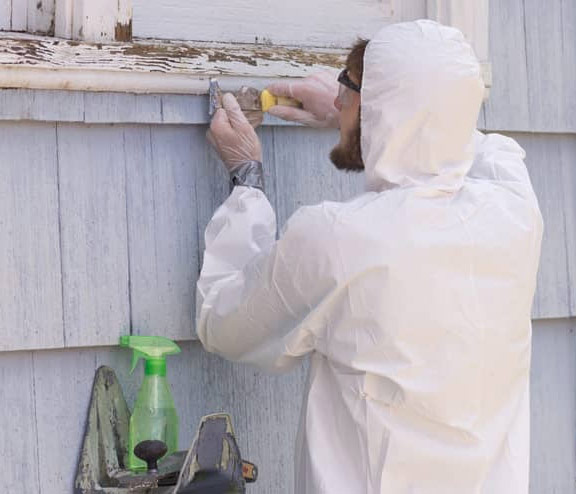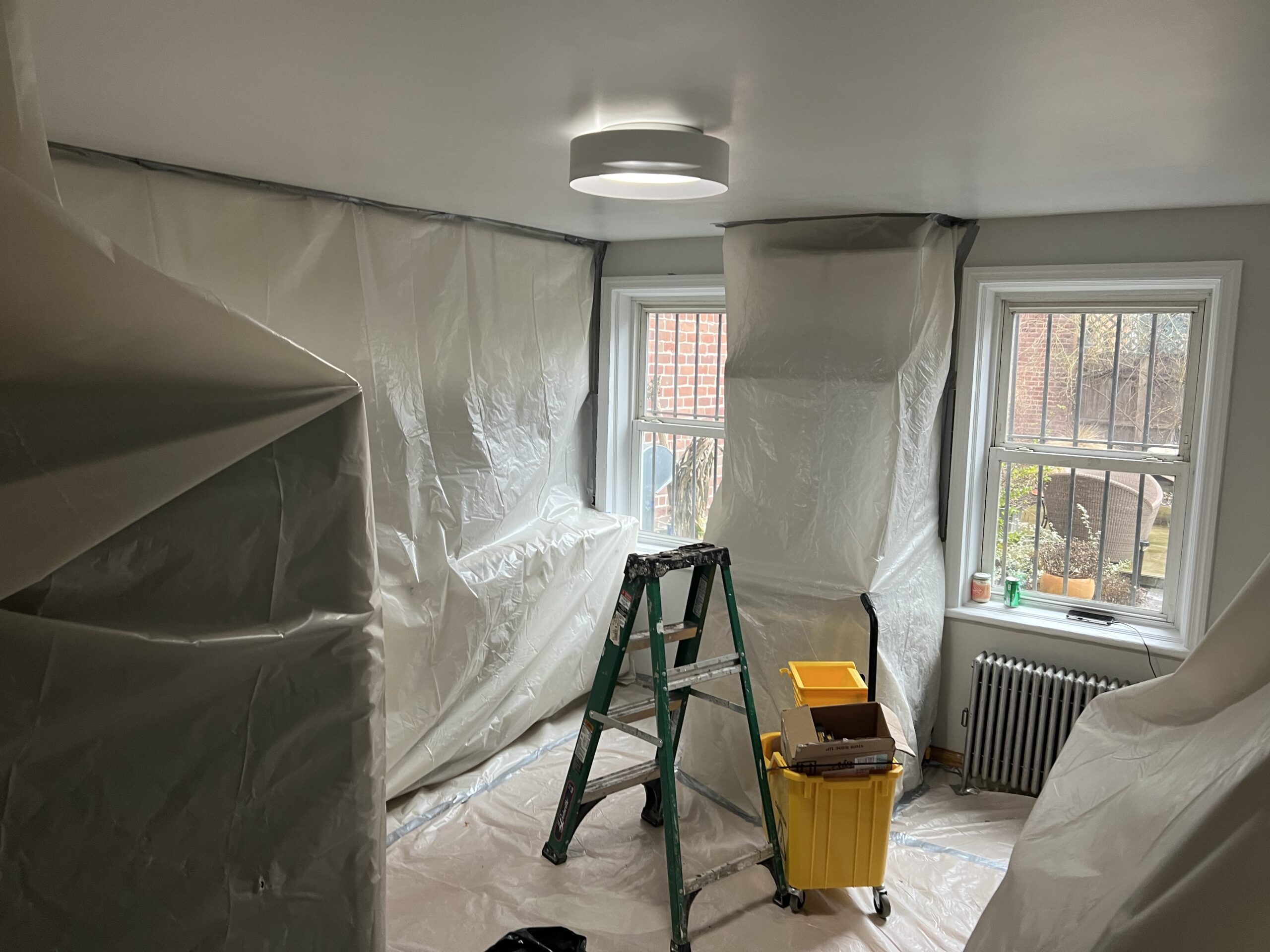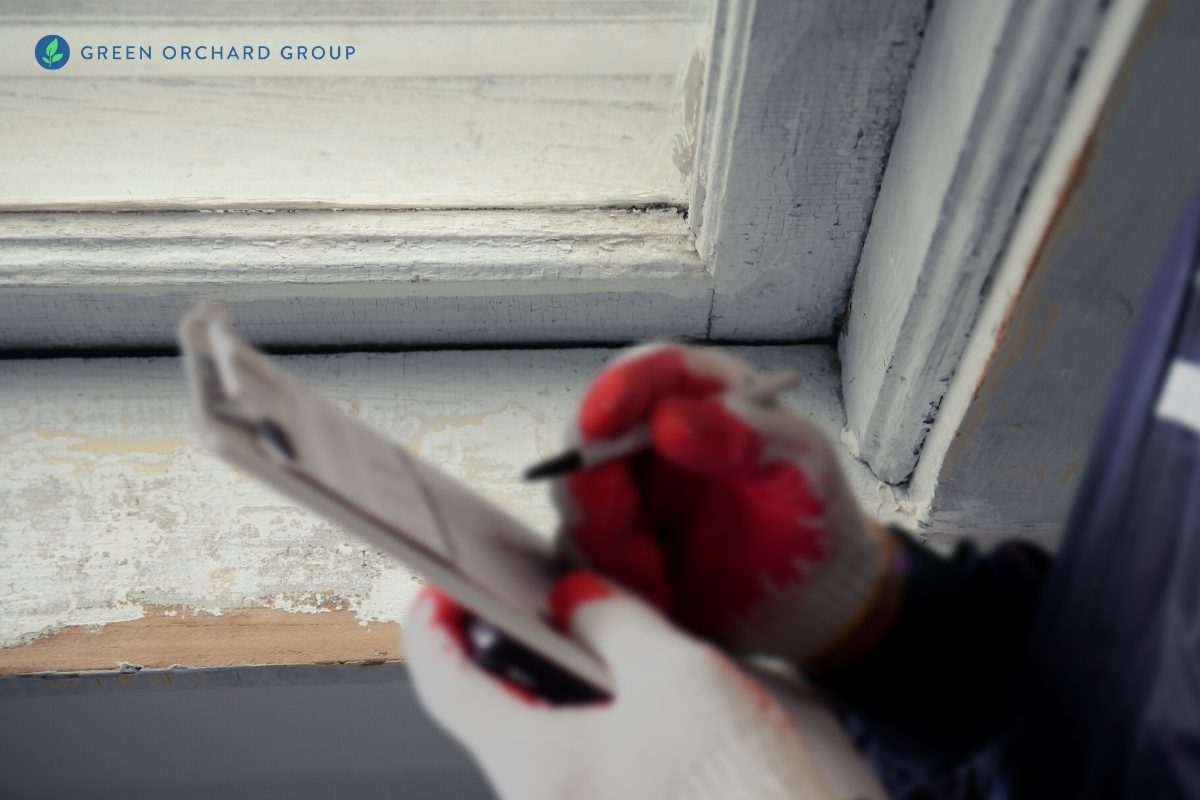Relied On Lead Paint Removal Company-- NYC's Premier Lead Abatement Service
Relied On Lead Paint Removal Company-- NYC's Premier Lead Abatement Service
Blog Article
Best Practices for Making Sure Safe and Thorough Lead Offense Reduction
Resolving lead offense abatement requires a multi-faceted method to ensure both security and compliance. Preliminary analyses utilizing innovative discovery approaches such as XRF analyzers set the stage for an exact understanding of contamination levels. Including appropriate containment methods, including closed obstacles and HEPA filtration, paired with the usage of personal protective tools (PPE) for employees, creates the backbone of a secure operation. Meticulous cleaning methods, including HEPA vacuuming and wet-wiping, are essential. It's the final clearance procedure, entailing detailed evaluations and research laboratory testing, that truly confirms a lead-free setting, making certain long-term security. How do these techniques interconnect to assure extensive lead abatement?

First Evaluation
Carrying out a first assessment is a crucial primary step in lead offense abatement. This stage includes a thorough evaluation of the residential or commercial property to identify the visibility, level, and particular locations of lead-based threats. Certified specialists, such as qualified lead examiners or risk assessors, need to carry out a thorough site inspection, using devices like X-ray fluorescence (XRF) analyzers to precisely find and measure lead focus in paint, dirt, soil, and water.
The evaluation must likewise consist of a testimonial of the building's history, previous reports, and any kind of problems or health and wellness problems reported by residents - Lead Removal Contractors. Recording the findings thoroughly is important, as these documents form the basis for establishing an efficient reduction strategy. A detailed evaluation additionally involves tasting and lab analysis, which are crucial to validate the visibility of lead and guide succeeding activities
Moreover, it is important to communicate the results transparently to all stakeholders, including homeowner, lessees, and governing authorities. By guaranteeing that the initial analysis is conducted with accuracy and rigor, experts can lay a solid structure for a targeted and reliable lead reduction process, ultimately guarding public health and wellness and guaranteeing conformity with regulative requirements.
Correct Control
Correct containment is essential to prevent the spread of lead impurities during abatement tasks. Successfully managing control minimizes the risk of lead dust and particles migrating to non-work locations, consequently securing both the environment and people outside the immediate job zone.

Regular examinations of the containment location are required to examine for breaches or weak points in the barrier. Any kind of identified concerns ought to be without delay dealt with to maintain the honesty of the containment. By sticking to these practices, abatement tasks can efficiently regulate lead contamination and mitigate connected health dangers.
Employee Protection
Making certain worker security is extremely important during lead reduction tasks to avoid learn this here now work-related direct exposure to dangerous lead bits. Essential steps consist of making use of individual safety equipment (PPE) such as respirators, handwear covers, and full-body fits specifically created to obstruct lead dust and fumes. Workers ought to go through extensive training on the appropriate usage and maintenance of PPE, including in shape testing for respirators to ensure optimum efficiency.
Design Go Here controls, such as regional exhaust ventilation systems, are important in reducing air-borne lead concentrations in the work environment. Management controls should likewise be applied, including restricting the period of exposure and turning workers to minimize private direct exposure times. Regular medical surveillance and biological monitoring are essential for early detection of lead absorption, enabling prompt treatment and therapy.
In addition, developing a decontamination method is crucial. Employees have to adhere to rigorous purification treatments before breaks and at the end of their shift to avoid lead dust from being lugged outside the workspace. This consists of thorough hand and face cleaning with lead-specific cleansing agents and changing out of infected apparel.
Careful Clean-up
Maintaining a secure workplace prolongs beyond employee defense and includes meticulous cleaning to make sure lead particles are thoroughly gotten rid of from the site. The procedure of careful cleanup is essential in preventing the recontamination of the moderated area and safeguarding both existing and future residents.
To achieve a thorough clean-up, all job areas have to be systematically sanitized. This involves using specialized HEPA (High-Efficiency Particulate Air) vacuum cleansers and wet-wiping techniques to record and remove great lead dust that may have Your Domain Name picked surfaces. It is vital to cleanse all horizontal surface areas, including floorings, window sills, and counter tops, as well as vertical surface areas that may have caught lead fragments.
Workers need to put on suitable individual safety devices (PPE) throughout cleanup to prevent direct exposure to recurring lead dust. Utilized cleansing products such as wipes, sponges, and mop heads must be disposed of in accordance with contaminated materials disposal regulations.

Last Clearance
Last clearance is the important ending stage of lead reduction that identifies whether the website is secure for reoccupation. This vital action involves comprehensive assessment and screening to validate that all lead hazards have been successfully removed. The procedure begins with a visual evaluation by a licensed lead-based paint examiner or threat assessor to make certain no visible dust or debris remains. This is followed by collecting dust wipe samples from different surfaces, including floors, windowsills, and other horizontal surfaces. Lead Removal Contractors.

Last clearance testing not only shields future owners however also makes certain conformity with regional, state, and government guidelines. Additionally, it functions as a recorded validation of the reduction specialist's adherence to sector ideal techniques. Making sure a thorough and successful last clearance is crucial in securing public health and promoting rely on the abatement process.
Verdict
Making certain secure and comprehensive lead violation reduction necessitates a complex strategy incorporating initial evaluations with innovative discovery methods, effective control approaches, strict worker security protocols, and thorough cleaning procedures. The final clearance stage, featuring detailed examinations and laboratory testing, is critical to confirm compliance with EPA criteria. Adherence to these best practices ensures a secure setting for occupants, alleviates wellness threats, and upholds regulative needs, thus advertising public wellness and safety and security in lead-affected locations.
Report this page